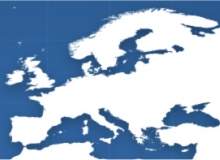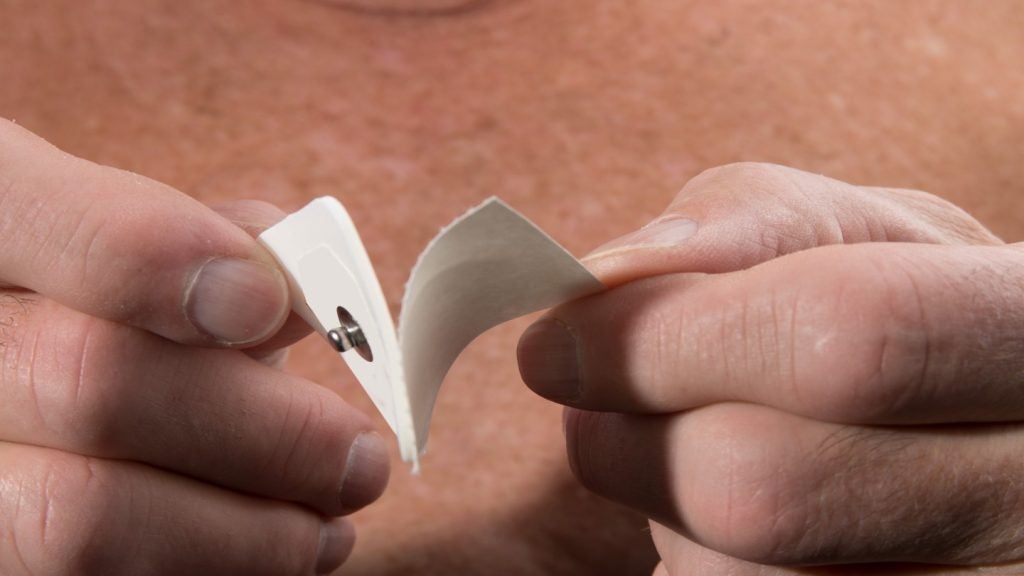
As with other industries, diagnostic imaging has had to face many of the same economic challenges endured by the wider economy, including a reduction in available credit and a drop in demand.
In response, the European diagnostic imaging market has been shaped by a round of merger and acquisition activity in recent years. Leading global manufacturers initially turned their attention to some of the continent’s major imaging companies, leading to the disappearance of some well-known names. The same manufacturers later turned their attention to more specialised businesses.
However, the never-dwindling demand for healthcare across the region and around the world has meant that the market and its suppliers have been presented with opportunities, and technological advances in diagnostic imaging, PACS and discoveries in the pharmaceutical arena have meant the sector is always innovating.
The market is one of the strongest and most dynamic in the medical equipment field and shows the potential to continue to grow in spite of the economic climate.
Regulation, which is largely determined by the EU and European Commission, is continually evolving, and has implications for manufacturers and diagnostic imaging professionals. In the coming year, the Commission will propose a revision to the Clinical Trials Directive 2001/20/EC, which may well have implications for the medical imaging sector and in particular new molecular imaging probes. The probes are expected to become widely used in the clinical environment over the next decade.
The market
Germany continues to lead the way in diagnostic imaging, accounting for the lion’s share in spend (see Figure 1), and the figures suggest it will hold on to that position as the powerhouse of the European market over the coming five years, generating the majority of revenue.
How well do you really know your competitors?
Access the most comprehensive Company Profiles on the market, powered by GlobalData. Save hours of research. Gain competitive edge.

Thank you!
Your download email will arrive shortly
Not ready to buy yet? Download a free sample
We are confident about the unique quality of our Company Profiles. However, we want you to make the most beneficial decision for your business, so we offer a free sample that you can download by submitting the below form
By GlobalDataThe country produced revenues of over $1.32bn in 2010 (see Table 1). By the end of 2017 it is expected to be worth more than $1.75 billion, enjoying an annual growth rate of 4.1%. By comparison, the UK has traditionally been the lowest revenue generator – perhaps the result of its unique public healthcare sector – growing by an average of 1.3% a year between 2003-10 and worth just $396.7m at the end of that decade. Meanwhile, recent economic turmoil in Italy and Spain could see their growth rates fall in the coming year, slipping to 2.4% and 2.9% respectively.
Nuclear imaging equipment is the fastest growing category within the European diagnostic imaging market. Its annual growth rate between 2003 and 2010 was 17.1% and it is forecast to grow by 3.6% annually between 2010 and 2017 (see Table 2). The market, however, is dominated by X-ray systems. It was the largest category in 2010 with $1.11bn in revenues and grew at a compound annual growth rate (CAGR) of 4.2% from 2003 to 2010. Ultrasound systems was the second-largest category with revenues of $705.6m in 2010.
Market growth is driven by the nuclear imaging equipment, MRI systems, C arms and computed tomography systems market categories. They grew above the average rate of growth for the market as a whole during 2003-2010 and are expected to continue the same trend 2010-2017.
X-ray systems is expected to be the largest category in the diagnostic imaging market in 2017 in Europe, with $1.31bn in revenues (see Figure 2). The category is expected to grow at a CAGR of 2.4% from 2010 to 2017. MRI systems is expected to be the second-largest category with revenues of $867.8m in 2017.

This article was first published in our sister publication Medical Imaging Technology.






